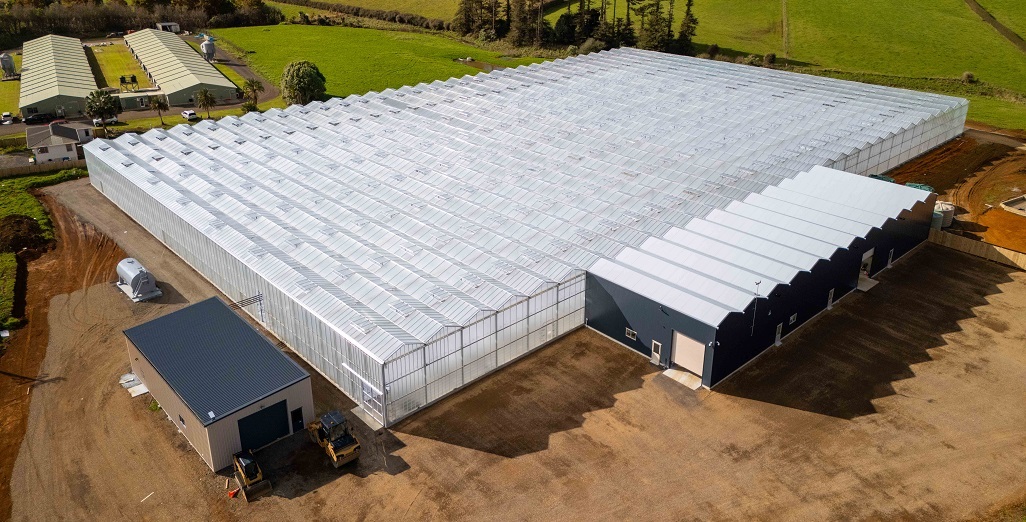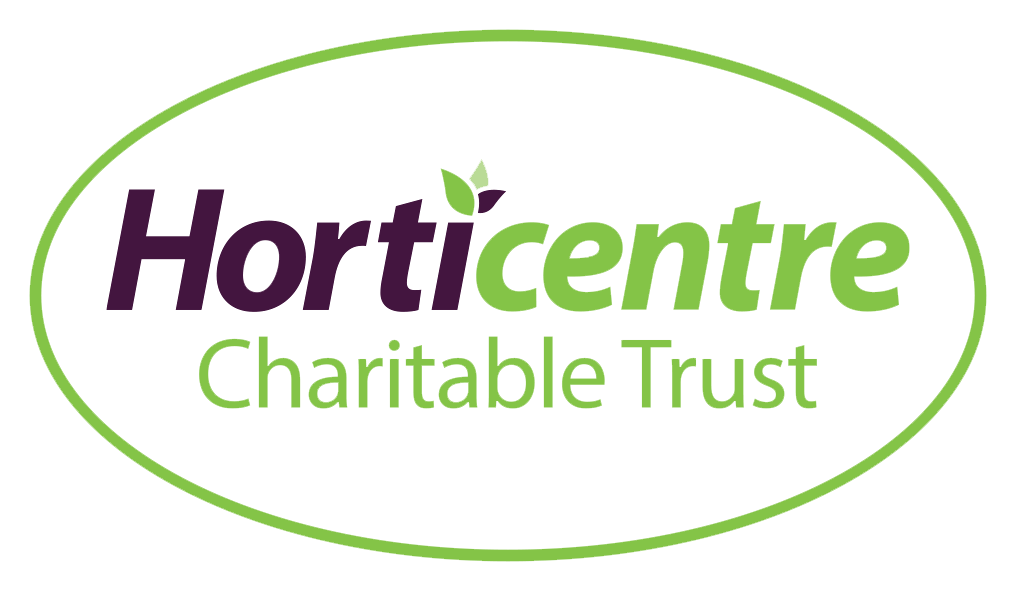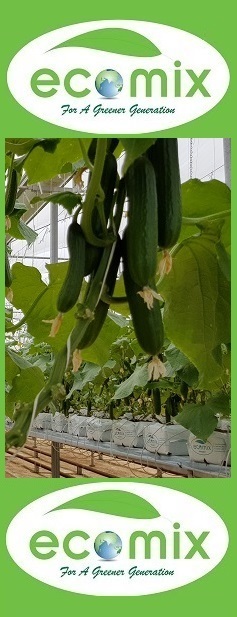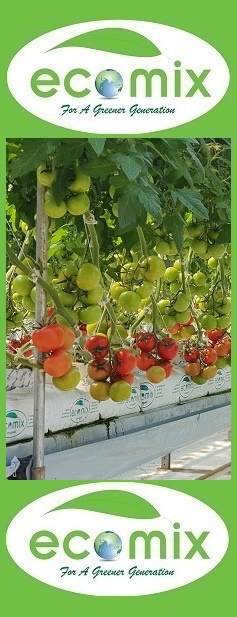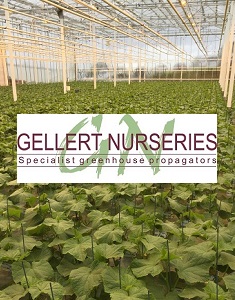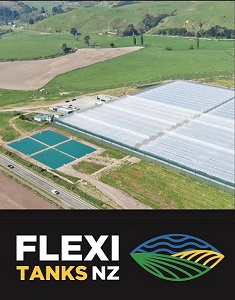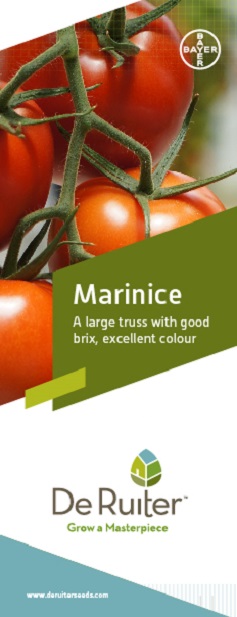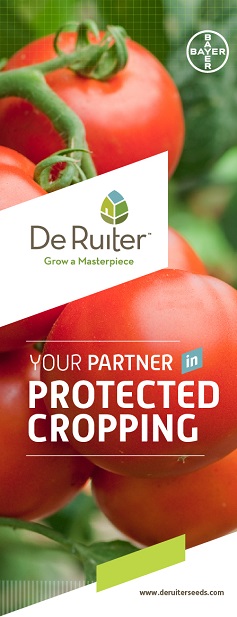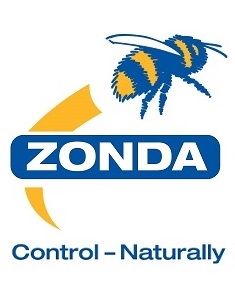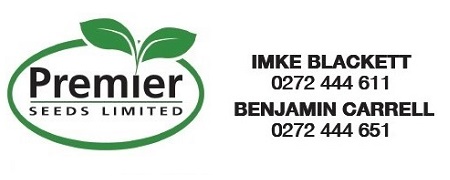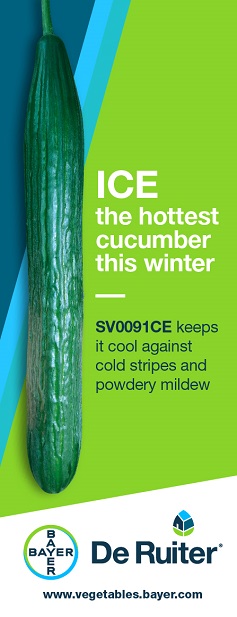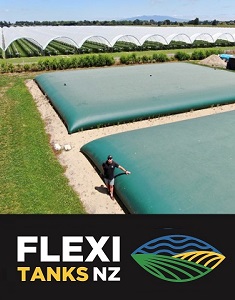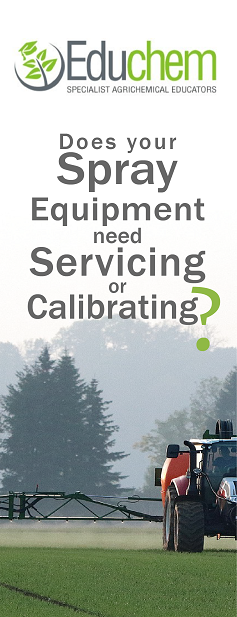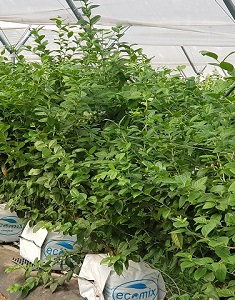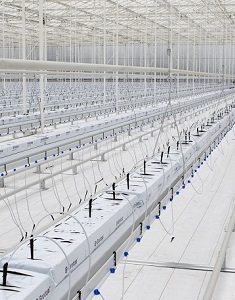Sign up here to subscribe to the Grower2grower Ezine. Every two weeks you will receive new articles, specific to the protected cropping industry, informing you of industry news and events straight to your inbox.
Nov 2018
Bee Pollination An Issue
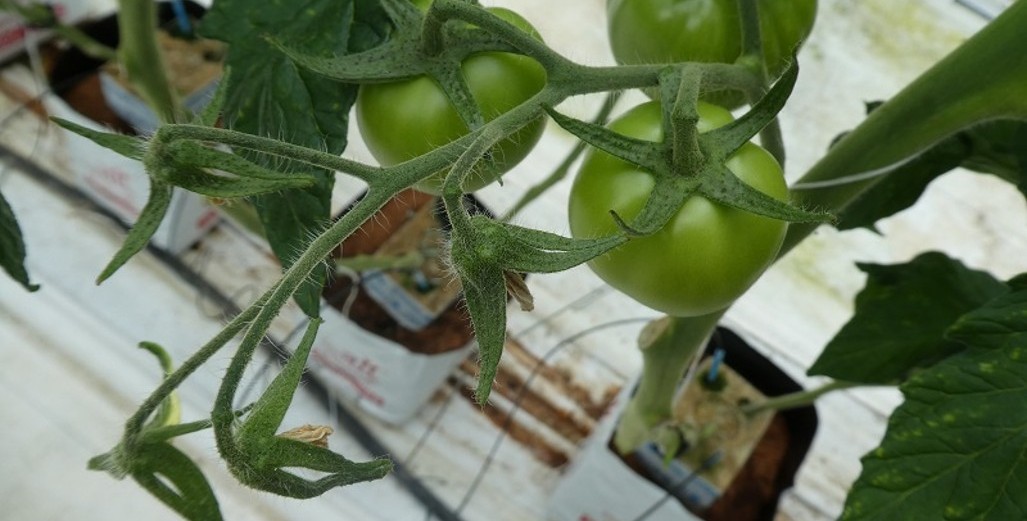
Beeeeeee vigilant
I wrote a brief article in February regarding bumble bees and pollination, a statement I made was: “When spring arrived, and there were tastier treats outside for my hard-working bumble bees, like naughty children they would regularly be seen flying out of the vents to the lolly shop (orchard) next door! Therefore, I would have trouble with a consistent set.”
Recently I have seen, and heard reports, that tomato setting has not been as great as it should be. There is certainly merit to my tongue and cheek advice from February but as with most things there are more technical reasons why the bees might be struggling to pollinate the flowers.
One crop, I recently visited, the plants were vegetative and quality of the flower was average. However, a new hive of bees had pollinated a good proportion, but often a large vegetative leaf was covering the truss, which made it difficult for the bee to navigate to the flower. What was noticeable was that when a new hive and good bee pressure had been present the setting was ok, but as soon as the hive was over three weeks in age, the population of bumble bees had severely diminished. I think it’s a combination of the bumble bees not being overly interested in the flowers, of the tomatoes, and that they venture outside to tastier treats, not always returning safely to their hives inside the greenhouse.
For years, and at this time of the year, I would observe bees coming and going from my greenhouse, if it was a cool night and I was preparing for a ‘pre-night chilling period’ the vents would close to maintain a warm greenhouse temperature in the late afternoon therefore trapping the bees outside. The bees would furiously be trying to find an opening to the greenhouse and at sunset (when the vents would open) some would fly back into the greenhouse but I am sure this is when some of the bees would perish.
One grower, who had terrible trouble with consistent pollination, installed automatic door openers on the bee hives. Opening them in the morning and closing them at midday. The reasons for this are that in the early morning period the vents were not open as much, and the theory was this is the best time of the day to get the bees to pollinate. By restricting exiting the hive at midday, you would restrict the exodus of bees outside, therefore you would not loose as many as described could happen when you are using pre-night strategies at this particular time of the season.
Growing a cocktail truss tomato variety, it was imperative for me to maintain 8 flowers on every truss to quickly set in formation as fast as possible. I found the best solution to my situation, in October and November, was to bite the bullet and double my order of bumble bees, receiving hives either every week or, if setting was sufficient, every two weeks. This was the only way I could ensure that I could maintain a consistent fruit set.
A good indication, for growers, is the formation, or the order the fruit set on the truss. The first flower on the truss, should be set first and therefore this fruit will appear first and be the largest until the next fruits are fully mature. If you find, for example the third flower, now fruit, is larger than the first and second flowers/fruit that appeared on the truss, you have either had a false set or no set at all on the two first flowers. If you have the first three flowers pollinated well and then nothing after that it could well be you just don’t have a hive that is working 100% anymore. Every variety is different but only a certain amount of flowers should be open at certain times. If you are seeing more than normal amounts of flowers open, check the marking because unless it is marked, the flower will be delayed in closing back up, which is another very good indication that the bees may not have visited and pollinated the flower. Keep a vigilant eye on the marking, if you cannot see even a faint mark, then I would not hesitate to order new hives if they are available. Having a poor-quality set, especially at this time of year, is a disaster. Prices have dropped as volumes have increased, therefore it is very important to make sure the flowers are properly pollinated.
This photo illustrates, the first flower with no set, the second a slow, delayed or false set, the third ok, the fourth flower slightly delayed, the fifth no set and the sixth fruit is the best fruit set of all.
The pollination/set on the first three flowers has been good on this truss. The first fruit is a king fruit, but the next two are very good. One reason I believe the next four flowers have not been pollinated is due to a lack of bees’ visiting the flowers.
I appreciate your comments. Please feel free to comment below or on the grower2grower Facebook page:
https://www.facebook.com/StefanGrower2grower/
Article Written by Stefan Vogrincic, Consultant, Grower2Grower
CLASSIFIED
Subscribe to our E-Zine
More
From This Category
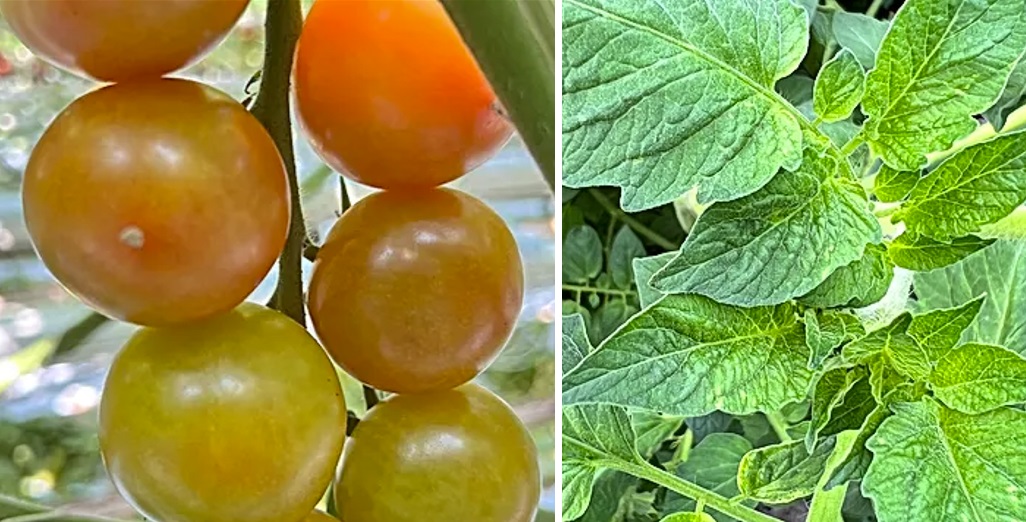
Tomato grower applies Tobre after contamination
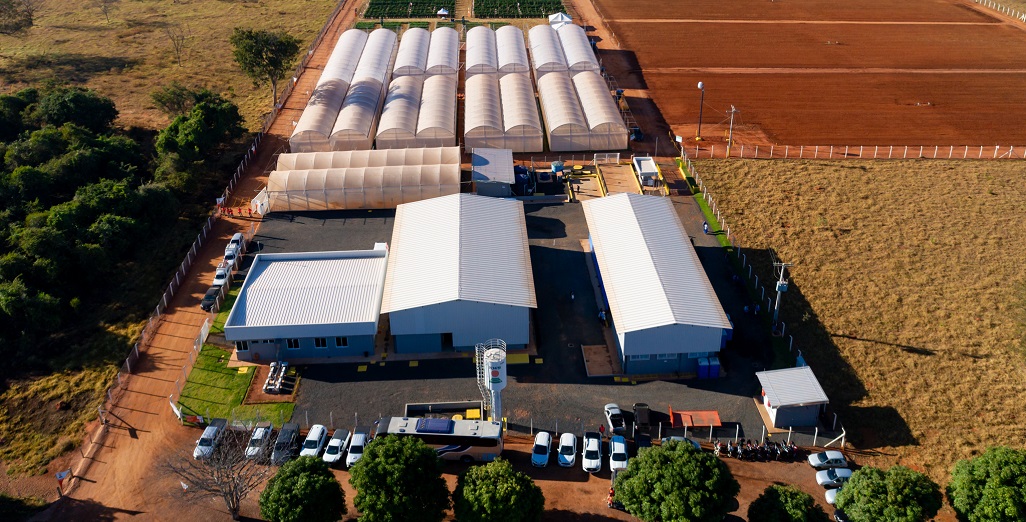
KWS inaugurates new R&D facility in Uberlândia, Brazil

John van Santen joins the management of Metazet
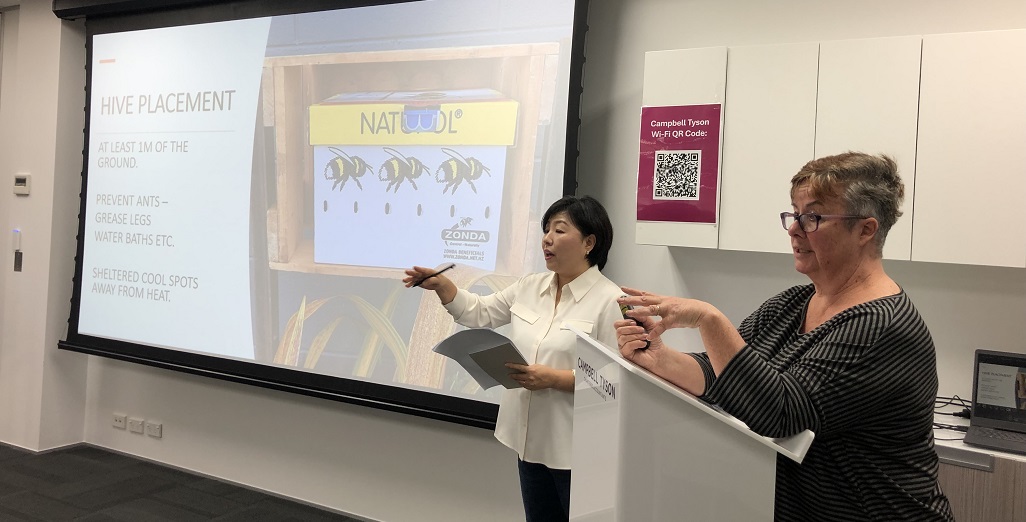
Workshop for Auckland’s Korean tomato growers held last week
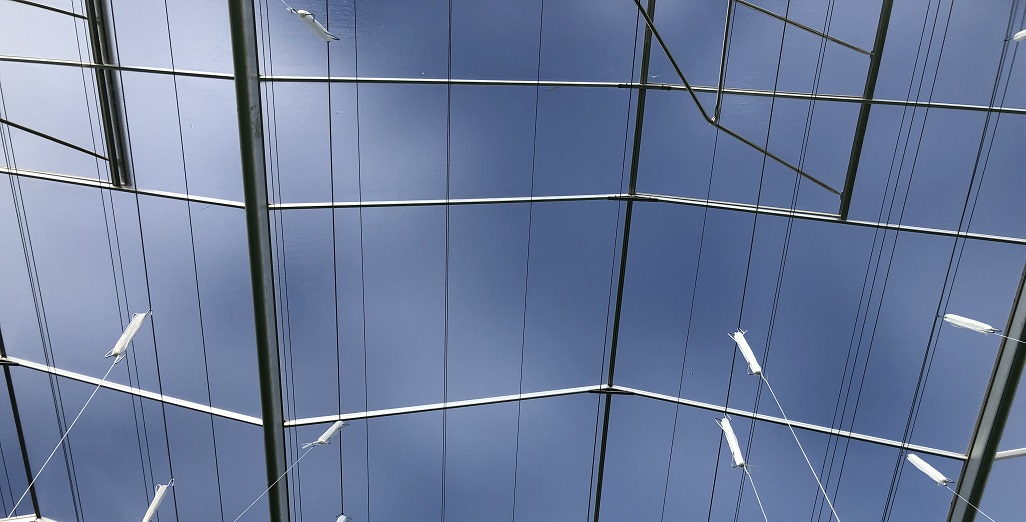
Could the Global Boom in Greenhouses Help Cool the Planet?
